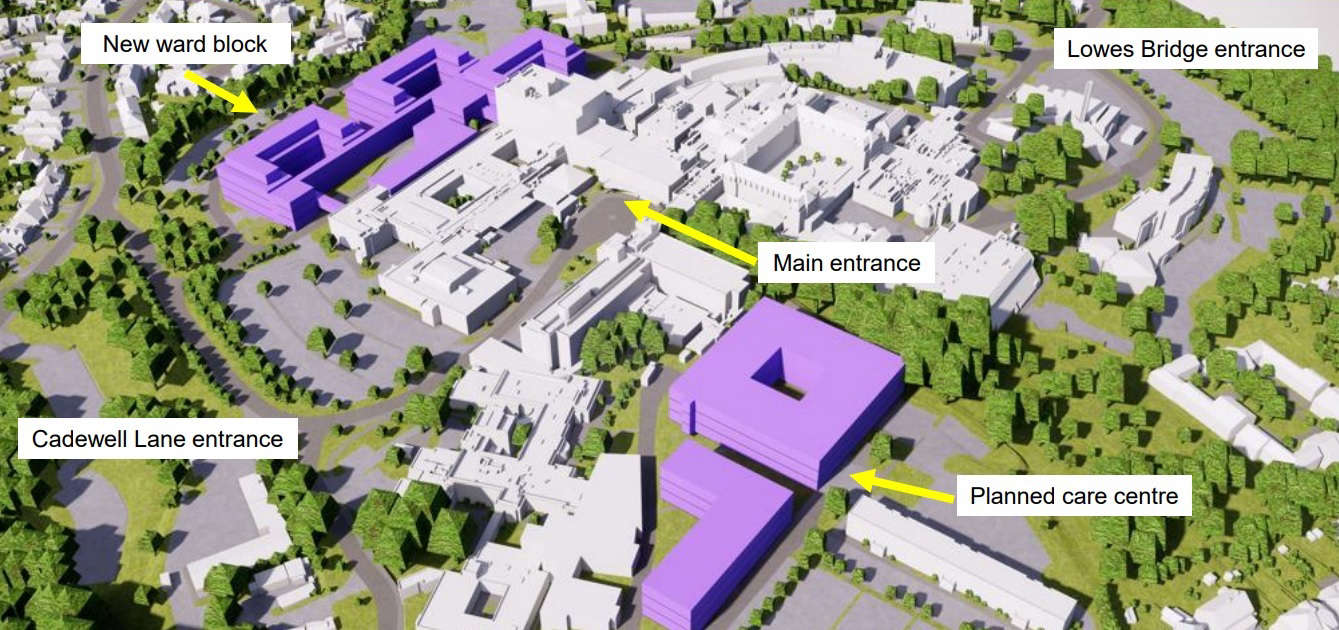Twice as powerful as any in country
The Exeter-based Met Office is to get a new £1.2 billion supercomputer in a 10-year partnership with Microsoft.
It's claimed the collaboration "will take weather and climate forecasting to the next level and help the UK stay safe and thrive."
The government approved the investment in February 2020 and it will now be spent on what will become one of the top 25 supercomputers in the world, and twice as powerful as any in the UK. It should return economic benefits nine times the investment over 10 years and bring more high-value jobs to Devon.
It's five years since the Met Office last installed a supercomputer, which at the time was 15 times larger than its predecessor. That one allows the climate scientists to process more than 14,000 trillion arithmetic problems per second and store more than a century's worth of movies, not that they use it for that purpose necessarily. That supercomputer will come to the end of its productive life during 2022, hence the replacement. However, it's not clear where the new supercomputer will reside; only that it will be in two separate locations to mitigate risk.
Once up and running the Met Office says the new supercomputer will enable them: "to develop earlier, more accurate warnings of severe weather, protecting our people, businesses, and critical national infrastructure. It will also enable us to take forward ground-breaking new climate change modelling and unleash the full potential of the Met Office’s expertise in climate science, helping to build a resilient, low carbon economy and supporting the green industrial revolution."
They continue: "Access to cutting-edge scientific and technological facilities will enable us to deliver ground-breaking science and services well into the future, supporting many high tech and skilled jobs through Met Office staff, suppliers and partners, primarily in Exeter and the wider South West region."
The supercomputer will enable the Met Office to:
- improve forecasts for risk-based planning, such as detailed city-scale simulations of local climate information to improve city design, such as public transport infrastructure;
- Better forecast local-scale weather using very high-resolution simulations that can be quickly turned on in an area where severe weather is forecast
- Increase access to greater amounts of weather and climate data
- Produce more accurate forecasts of wind and temperature information for the aviation industry driving ever greater fuel efficiency and safety
Met Office chief executive Penny Endersby said: “We are delighted to be working in collaboration with Microsoft to deliver our next supercomputing capability. Working together we will provide the highest quality weather and climate datasets and ever more accurate forecasts that enable decisions to allow people to stay safe and thrive. This will be a unique capability which will keep not just the Met Office, but the UK at the forefront of environmental modelling and high-performance computing.
“This investment by the UK government is a great vote of confidence in the Met Office’s world-leading status as a provider of weather and climate science and services as well as in our national commitment to build a more resilient world in a changing climate, helping build back greener across the UK and beyond.”
Clare Barclay, chief executive of Microsoft UK, said: “The Met Office has long been synonymous with excellence and innovation in our understanding of the impact of weather and climate. To make progress with the ecological challenges we face requires innovation, technology and partnerships. The potential of the deep expertise, data gathering capacity and historical archive of the Met Office, combined with the sheer scale and power of supercomputing on Microsoft Azure will mean we can improve forecasting, help tackle climate change and ensure the UK remains at the forefront of climate science for decades to come.”
The new supercomputer will be based in two physically separated Microsoft data centres in the UK and will be powered through 100 per cent renewable energy. It should be operational from July 2022, although the Met Office will continue to use the IT halls at its HQ for a while. However, there's a question mark over what will happen to the IT facility at Exeter Science Park after 2023.
Watch a joint announcement from the Met Office and Microsoft through the link on the image here.
 Misconduct inquiry into suspended chief constable suspended
Misconduct inquiry into suspended chief constable suspended
 How Torbay Hospital bosses are tackling 'risks'
How Torbay Hospital bosses are tackling 'risks'
 RD&E and North Devon hospital waiting times slashed
RD&E and North Devon hospital waiting times slashed
 Bus service changes leave villagers in North Devon stranded
Bus service changes leave villagers in North Devon stranded
 Demand for action over Teign sewage spills
Demand for action over Teign sewage spills
 Cyclist critically injured in Sidmouth
Cyclist critically injured in Sidmouth
